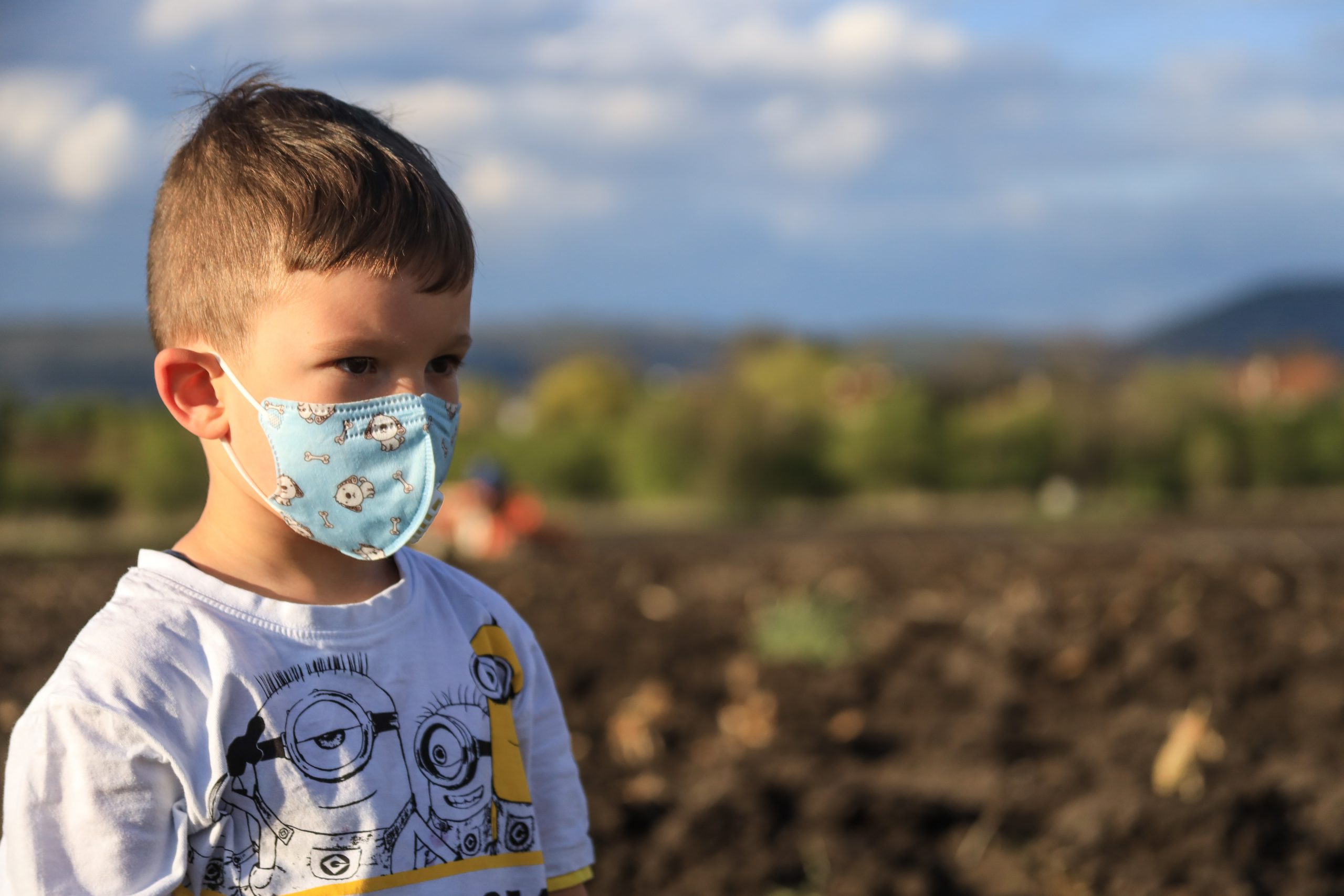Number of Australia’s vulnerable children is set to double as COVID-19 takes its toll

Three quarters of a million Australian children are likely to be experiencing employment stress in the family as a result of COVID-19. This is on top of around 615,000 children whose families were already dealing with employment stress, whose situation may have worsened.
Latest figures from the Australian Bureau of Statistics show 2.7 million people left their job or had their hours reduced between March and April. This means the jobs crisis is affecting 1.4 million Australian children, according to new modelling from the Mitchell Institute.
The stress and anxiety facing parents who have lost their jobs, coupled with social isolation and educational disruption, are likely to put many children at a significantly higher risk of poorer education and health outcomes.
Financial stress affects healthy development
A family’s socio-economic status is the biggest factor influencing children’s educational opportunities in Australia. Research by the Mitchell Institute has found children from struggling families are 10-20% more likely to be missing key educational milestones compared with their peers.
Children in families experiencing job loss are more like to start school developmentally vulnerable, to repeat a grade, to leave school early and may be less likely to attend university.
As stress in the home increases, children and young people’s health and well-being often suffers too. Extreme employment stress, for example in jobless households, can compromise the quality of parenting and home environments. Providing basic necessities can be challenging, and lead to poorer child nutrition.
Health and well-being issues caused by the crisis may undermine young people’s learning and efforts to reengage with school. Young people who don’t receive a good education are more likely to have poor longterm health outcomes.
Preschools and schools can help children recover
With schools and preschools now resuming something close to normal operations, it’s time to shift our collective focus from how we deliver education remotely, to how we support a huge newly vulnerable population of students.
Many students will benefit by simply resuming learning and socialising at their preschool or school. Others will find life returns to normal as their parents return to work or find a new job, and their families regain financial security.
But previous recessions tell us recovery may be slow. For some parents, unemployment and underemployment will be prolonged, leaving many children, including some who were never previously considered vulnerable, at risk.
Teachers have shown agility, resilience and skill in the face of COVID-19. But preschools and schools aren’t equipped to deal with the huge upsurge in student vulnerability, on top of the upheaval of COVID-19.
Here’s what needs to happen
The Australian government has made childcare free for parents as part of a temporary relief package, but that policy is under review.
Governments must ensure children and families aren’t locked out of early education because they can’t afford it. Ensuring access is critical for children’s learning and development, as well as economic recovery through parental workforce participation.
Along with an emphasis on academic learning and re-engaging students with school routines, school children would benefit from an increased focus on health and well-being in schools. Supporting students to reconnect socially and build their own resilience will improve academic learning and should be central to schools’ efforts.
Links between schools and external social and health services also need to be strengthened to support children of all ages. Many of the issues that need to be addressed to reduce student vulnerability occur at home and in the community, requiring targeted and expert care from a range of non-school service providers.
Dedicated well-being staff could be employed in schools to facilitate these connections, and drive schools’ focus on health and well-being.
Senior secondary students face a high risk of disengagement from education as a result of disruption and parental unemployment. Prior to COVID-19, the cost of leaving school early was calculated at around $A900 million per year, per cohort. Helping students remain in education is critical to improving health and employment outcomes later in life.
Current funding arrangements will not enable preschools and schools to adequately respond to this unprecedented situation. Investing in prevention and outreach now is vastly more effective than dealing with the fallout later.![]()
Kate Noble, Education Policy Fellow, Mitchell Institute, Victoria University; Peter Hurley, Policy Fellow, Mitchell Institute, Victoria University, and Sergio Macklin, Deputy Lead of Education Policy, Mitchell Institute, Victoria University
This article is republished from The Conversation under a Creative Commons license. Read the original article.
Popular

Quality
Practice
Provider
Research
Workforce
Honouring the quiet magic of early childhood
2025-07-11 09:15:00
by Fiona Alston

Quality
Practice
Provider
Workforce
Reclaiming Joy: Why connection, curiosity and care still matter in early childhood education
2025-07-09 10:00:07
by Fiona Alston

Workforce
Policy
Quality
Practice
Provider
Research
ECEC must change now, our children can’t wait for another inquiry
2025-07-02 07:47:14
by Fiona Alston













